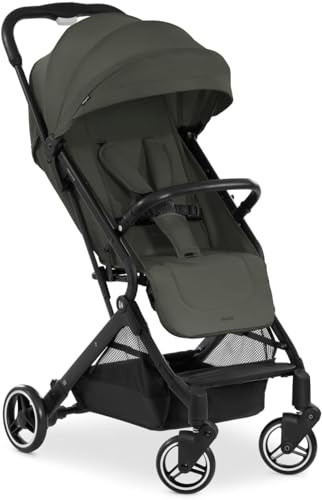24 Hours To Improve Running Pram

What to Look For in compact stroller Push Chairs And Prams Running Pram
A running pram is a type of stroller that is designed to handle greater speeds and has suspension on the wheels for more comfort for infants. They usually have a swivel front wheel that locks into the position for extra safety and a brake operated by hand for greater control.
The majority of pelvic floor physical therapy recommend waiting until babies reach nine months old before they can start buggy-running. However each child is different.
Safety first
Participating with your baby in your exercise habits can be an enjoyable experience, but it's essential that safety comes first. Choose quiet, safe roads and wide paved paths. Make sure to stick to the morning times when your baby is the most content. It's best to plan your run around their meals. Babies can be irritable when they're full, so you want to ensure that everything runs smoothly. Essential features like a 5-point harness and a handbrake will ensure your baby's safety while you run and help you retain control, particularly when you're moving at speed and may need to quickly stop.
Parents who enjoy their cardio workout that makes them feel good, a running pram is a great option. Double the calorie-burning outdoors exercise and the precious bonding time and you'll feel motivated to keep going even as your child gets bigger. It's tempting to compare your solo running speed to your jogging speed, but remember that the demands on your legs are more demanding when you're pushing a baby and their gear. If you're planning to push yourself further, consider investing in a specialised pram for jogging with air-filled tyres that provide shock absorption and smooth the bumps.
Stability
Stability is important when you're running with a baby in the pram. It's for your enjoyment and your child's safety. Select a sturdy and dependable pram with big wheels that can roll on any surface and absorbing the force of bumps, and a locking front wheel to increase maneuverability at higher speeds. Choose a model that has air-filled tyres to keep pressure up and decrease the chance of punctures.
The ideal pram will allow you to maintain your natural running posture, without stooping over or leaning back too much which can lead to discomfort and aches. It is also crucial to find a balance between pushing hard and slowing down so you do not put too much strain on your hips, knees or back.
You can also increase your stability and comfort by selecting a model that has adjustable handlebars to fit your height. This will stop you from having to stoop down while running, and ensure that your wrists don't become too stressed.
There's no cookie-cutter answer for when your baby will be ready to leave the pram, however, involving the exercise routine at a young age can help them develop a sense of independence and set the foundations for an active and healthy lifestyle. It's also a great way to spend time with them and help them get used to the outdoors.
Speed
The best running prams offer an easy, safe ride at a steady speed. They typically have an swivel front wheel that enables easy maneuvering around town, or for use in the everyday but they can also be locked into a fixed location to increase safety when you are going at high speeds. The rear wheels are typically large and feature suspension to smooth bumps and reduce the impact your baby experiences. They should be made of a durable and puncture-resistant material.
It's a wonderful feeling to watch your child enjoy exercise and a running stroll can aid them in maintaining an active lifestyle for the rest of their lives. But, it's important to remember that running with a pram distinct from running solo and while you may be able to run long runs at the same speed however, your endurance may suffer and your little athlete may become overstimulated.
We recommend that you limit your jogging until your child is at ease in the stroller that jogs. Some babies may be able to manage longer distances earlier, but we'd advise seeking advice from your family doctor or paediatrician to make sure your child is ready for such a strenuous exercise. If you plan on pushing your baby uphill then it's best to graduate to this after you've had a good amount of experience on flat surfaces at a brisk pace. You might also think about an all-terrain stroller with large, high-traction tyres that allow you to deal with gravel, roots and other natural obstacles.
Comfort
It is also important to ensure that your child is as comfortable as possible. This could include an element that absorbs impact and reduces bumps, or air-filled rubber tires that provide the similar feel of bicycle tyres, but without the possibility of punctures.

It's also important to choose the best time to run, since babies are usually content after a nap or a feeding. It's also worth thinking about the type of surface you'll be using - damaged footpaths can be a nightmare for young pram runners, whereas smooth surfaces are much more comfortable to run on with a greater speed.
Running prams are an excellent way for you to get fit and bring your child along on your favorite adventures. A lot of these strollers can be modified and allow you to take your child with you on family outings even as they develop. Be aware that integrating your child's exercise routine isn't just about improving their health and well-being it's also about giving them the confidence and independence to go out and explore the world.
